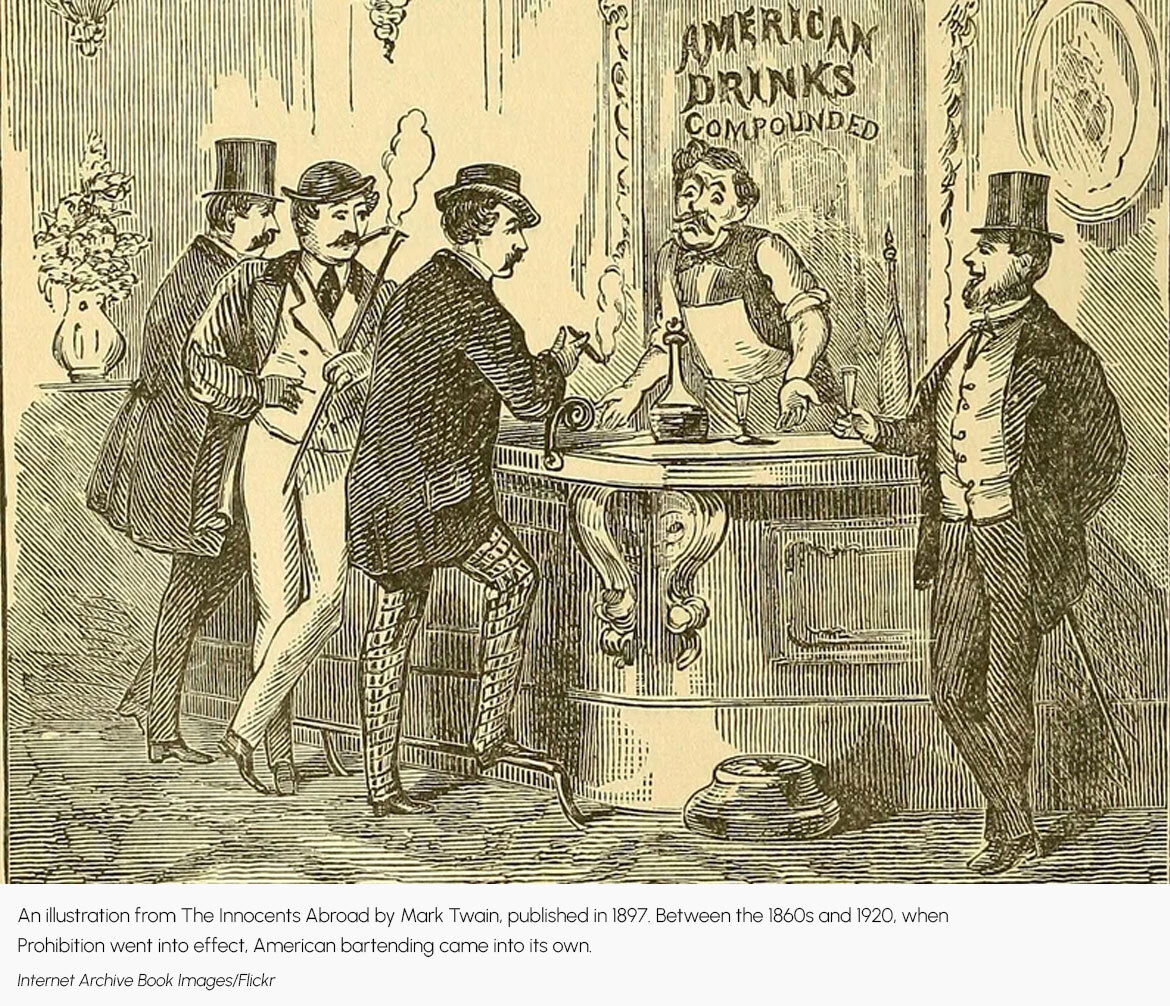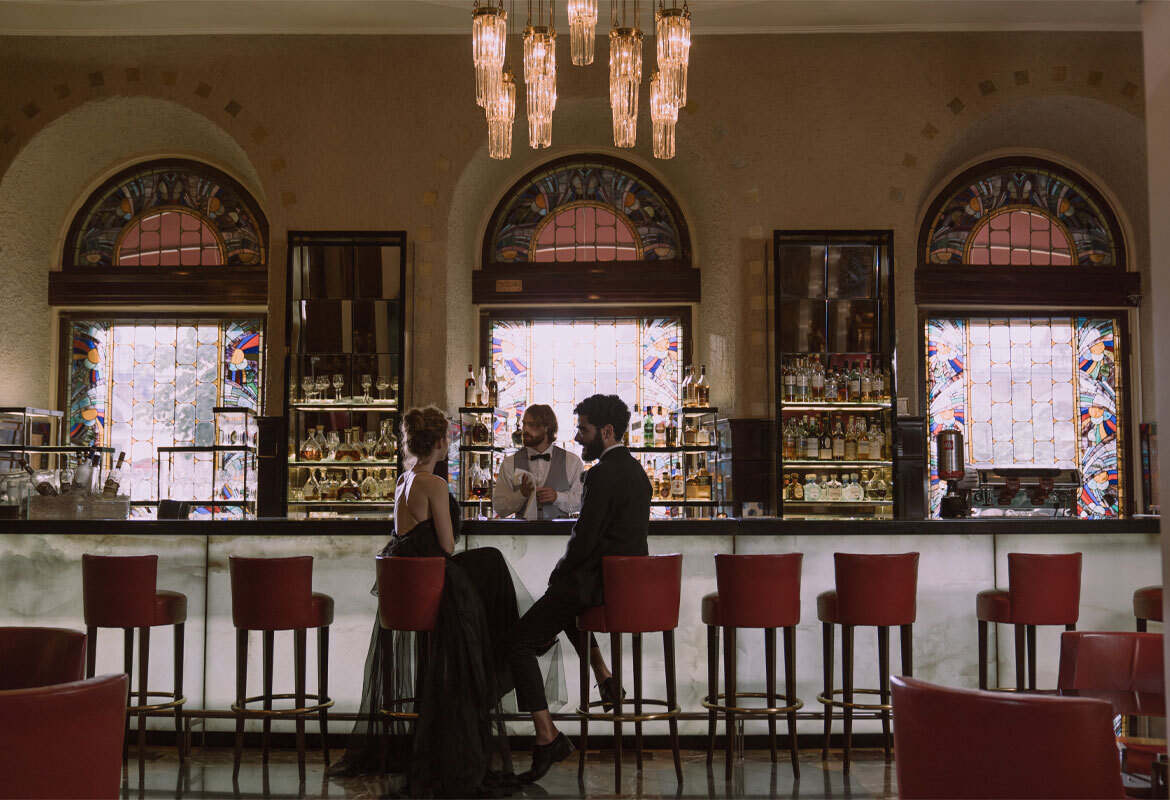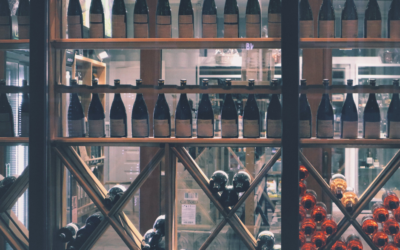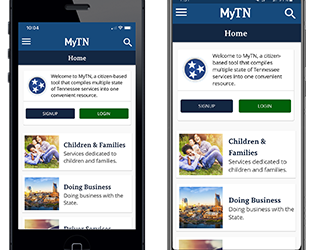The history of bartending in America is a fascinating journey that has evolved over centuries, From the secretive speakeasies of the Prohibition era to the renaissance of craft cocktail culture, the history of bartending in America has witnessed significant transformations. Through each era, bartenders have played a vital role in shaping the drinking experience and pushing the boundaries of flavor and technique.
The fascinating evolution of bartending in America
Get ready to embark on an intoxicating journey as we explore this captivating timeline.
The Colonial Era’s Influence (17th-18th centuries)
In the early days, taverns in America played a crucial role as social and political hubs. Most bartenders during this time were tavern owners themselves, and they served spirits like rum, whiskey, and brandy. Drinks were simple, often consisting of a shot of alcohol or basic mixed drinks like punches.
Here’s a true story from the Colonial Era that showcases the role of taverns as social and political hubs. In the mid-18th century, the city of Boston was a bustling center of trade and political activity. One of the most renowned taverns in the city was the Green Dragon Tavern, located in the heart of Boston’s financial district. The Green Dragon Tavern’s history is an integral part of the American Revolution. It became a popular meeting place for locals, including influential figures involved in the American Revolution.

On a particular evening in 1773, a group of patriots gathered at the Green Dragon Tavern to discuss their growing discontent with British rule. Among them were Samuel Adams, John Adams, and Paul Revere—prominent figures who played pivotal roles in shaping the course of American history.
It was during this meeting that plans were laid for the Boston Tea Party, a significant event in the lead-up to the American Revolution. The tavern’s owner, a skilled bartender, and patriot himself, discreetly provided the group with glasses of rum and brandy, ensuring they remained refreshed during their discussions. As the night wore on, the ideas flowed, and the group solidified their commitment to challenging British authority in a bold and dramatic way.
Green Dragon Tavern’s history exemplifies the vital role that taverns played in Colonial America, acting as spaces where individuals from diverse backgrounds could come together to discuss important matters, exchange ideas, and forge alliances.
19th Century and the emergence of cocktail culture
The 19th century saw the emergence of the cocktail culture. The term “cocktail” was first defined in the early 1800s as a mix of spirits, sugar, water, and bitters. Bartenders began experimenting with various ingredients, flavors, and presentation styles. This era witnessed the birth of classic cocktails like the Old Fashioned and the Sazerac.
The Sazerac believed to be America’s first cocktail, originated in New Orleans and is traditionally made with rye whiskey, absinthe, sugar, and Peychaud’s bitters.
Jerry Thomas, often referred to as the “Father of American Mixology,” was a prominent figure in the 19th-century cocktail scene. He gained fame as a bartender and authored the seminal work “How to Mix Drinks or The Bon Vivant’s Companion” in 1862. Thomas’s book provided recipes for hundreds of cocktails, including iconic classics like the Tom Collins and the Blue Blazer. His creativity and showmanship behind the bar helped elevate bartending to an art form. The 19th century was also the time when the Martini made its appearance
As urbanization and industrialization flourished in the 19th century, the cocktail culture grew alongside it. The expansion of railroads and the increase in international trade meant the availability of a wide array of foreign spirits and ingredients. This, combined with the development of bars and saloons in cities, created an environment that was perfectly aligned with the heightened sense of new experimentation. Bartenders became revered for their skills, and the art of mixing drinks became a source of pride and entertainment.
The 1920s Prohibition Era (1920-1933)
The 1920s Prohibition era that extended into the early part of the thirties took everything underground. The nationwide ban on the sale and production of alcoholic beverages led to the rise of speakeasies.
The 18th Amendment to the United States Constitution, ratified in 1919, prohibited the manufacturing, sale, and transportation of alcoholic beverages. This nationwide ban on alcohol aimed to reduce crime, corruption, and social problems associated with alcohol consumption.
Despite the ban, the demand for alcohol remained high. As a result, illegal bars known as “speakeasies” emerged throughout the country. Speakeasies were often hidden in basements, back rooms, or disguised as other businesses, and required a secret password or invitation for entry. They became lively social hubs, offering illicit drinks and entertainment to patrons. Bootleggers, individuals who illegally produced and smuggled alcohol, supplied the speakeasies, often using secret routes and hiding places to evade law enforcement.

The rise of mixology – During Prohibition, the quality of bootlegged alcohol was often questionable, as it was often homemade and of varying potency. Bartenders at speakeasies faced the challenge of masking the harsh taste and poor quality of the spirits. They turned to mixology techniques, such as adding fruit juices, flavored syrups, and spices to enhance the flavors and create more palatable concoctions. This era led to the development of innovative cocktails and creative recipes that masked the subpar spirits.
Also Read: The Difference between Mixology and Bartending
The Role of Women Bartenders – Prohibition also brought about a significant shift in gender roles within the bartending profession. With many men involved in illegal bootlegging or facing legal repercussions, women stepped in to fill the void behind the bar. Women bartenders, known as “flappers,” gained prominence during this era, challenging traditional gender norms and becoming symbols of independence and rebellion.
Post-Prohibition (1933 onwards)
With the repeal of Prohibition in 1933, bartending experienced a resurgence. Bartenders started working in legal bars and began honing their craft. Classic cocktails regained popularity, and new creations emerged. However, the post-Prohibition era also saw the rise of simpler, high-volume bars that focused more on efficiency and speed than on crafting intricate drinks.
The Stork Club in New York City was one of the most famous and glamorous nightclubs of the mid-20th century. Run by the legendary bartender Sherman Billingsley, the Stork Club was a favorite haunt of celebrities, politicians, and socialites. On its final night of operation in 1965, as the club closed its doors for the last time, Billingsley famously served one final round of drinks to all the patrons, creating an unforgettable last call in the history of American bartending.
Late 20th Century
In the latter half of the 20th century, the art of bartending took a backseat to convenience and mass production. Pre-made mixers and bottled cocktails became popular, diminishing the need for bartenders to create drinks from scratch. However, a few establishments and bartenders continued to prioritize quality, flavor, and innovation.
Craft Cocktail Movement (2000s onwards)
In the early 2000s, a resurgence of interest in quality drinks and mixology emerged, giving birth to the modern craft cocktail movement.
The Craft Cocktail Movement emerged as a response to the mass production and standardized drink offerings that dominated the late 20th century. Bartenders and enthusiasts sought to reclaim the artistry and craftsmanship of bartending. The movement emphasized using high-quality, artisanal spirits, fresh and locally sourced ingredients, and innovative flavor combinations. Bartenders began emphasizing fresh, locally sourced ingredients, homemade syrups, and bitters. They experimented with flavor combinations, techniques, and presentation, elevating the craft of bartending to an art form. Speakeasy-style bars and cocktail lounges became popular, focusing on a more refined and immersive drinking experience.

Craft cocktail bartenders delved into the history of cocktails, reviving classic techniques and ingredients that had fallen out of favor. They reintroduced forgotten spirits, such as Genever and Amaros, and rediscovered traditional techniques like barrel aging, house-made infusions, and tinctures. By honoring the past, they brought a renewed appreciation for the heritage and traditions of bartending
And we come to the Present Day
Today, the craft cocktail movement continues to thrive, with bartenders exploring new frontiers in mixology. The emphasis on fresh ingredients, artisanal spirits, and innovative techniques has paved the way for unique and creative drink offerings. Bartenders are celebrated as skilled professionals, often incorporating elements of storytelling and theater into their craft.
Interested in joining the bartending scene? Here are some tips and courses that will help you.




